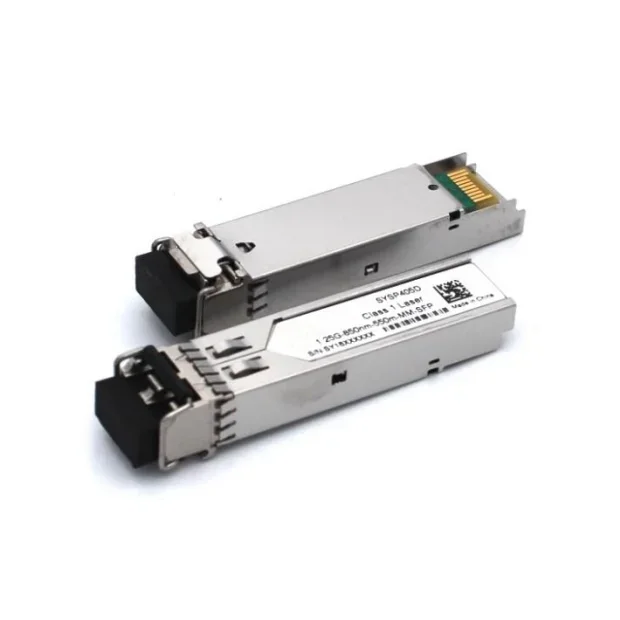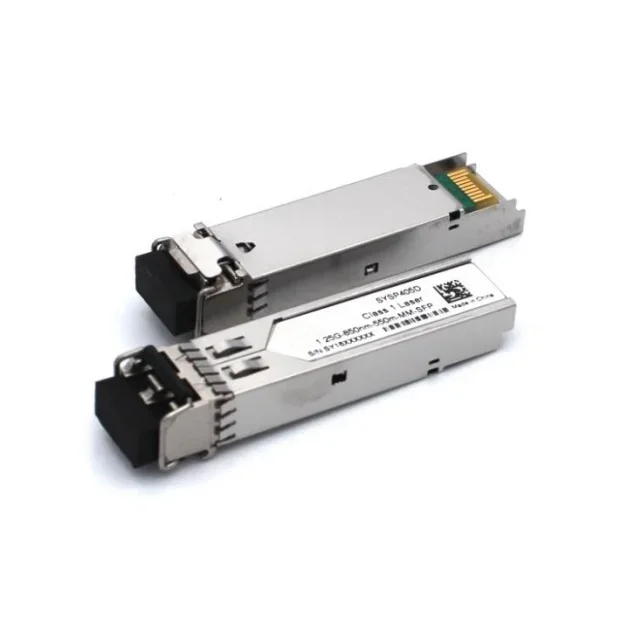Optical modules: From origin to future, explore the development history of optoelectronic devices

Optical modules refer to equipment that uses optical technology for signal transmission and processing. It is widely used in communications, computers, medicine, and other fields. The development history of optical modules can be traced back to the discovery of the photoelectric effect at the end of the 19th century. With the continuous advancement of optical and electronic technology, optical modules are also constantly evolving and developing.

At the end of the 19th century, the discovery of the photoelectric effect laid the foundation for the development of optical modules. The photoelectric effect refers to the release of electrons when light strikes the surface of certain substances. This discovery laid the foundation for the subsequent development of optoelectronic devices and provided technical support for the development of optical modules.
At the beginning of the 20th century, the rapid development of optical and electronic technology provided strong support for the development of optical modules. Advances in optical technology have made the transmission and control of light more precise and reliable, while the development of electronic technology has provided powerful support for the control and signal processing of optical modules. During this period, optical modules began to be used in some specific fields, such as military communications and scientific research.
In the mid-20th century, with the development of laser technology, the performance of optical modules was further improved. The emergence of laser technology has greatly improved the transmission distance of light and also made it possible for high-speed transmission and high-density integration of optical modules. During this period, optical modules began to be gradually used in the communications field and became an important part of optical fiber communications.
Entering the 21st century, with the popularization and development of optical fiber communication technology, optical modules have been widely used. The performance of optical modules continues to improve, the transmission rate and transmission distance have been greatly improved, and the size and power consumption have also been further optimized. During this period, optical modules began to be used in data centers, cloud computing, and other fields, becoming an important technical means for large-scale data transmission and processing.
In recent years, with the rapid development of emerging technologies such as artificial intelligence and the Internet of Things, optical modules have also continued to evolve and innovate. The application of new materials and new processes has further improved the performance of optical modules. At the same time, optical modules have begun to be used in more fields, such as medical care, industrial control, etc. Optical modules have become an indispensable and important technology in the modern information society, and their development history also fully demonstrates the development trajectory of optical and electronic technologies integrating and promoting each other.
In general, the development history of optical modules can be said to be closely connected with the development history of optical and electronic technology. With the continuous advancement of optical and electronic technology, the performance of optical modules has been continuously improved, and the application fields have also been continuously expanded. It is believed that in the future, with the continuous advancement of science and technology, optical modules will be used in more fields and make greater contributions to the development of human society.
https://www.fineconnco.com/Explore-the-Development-History-of-Optical-Modules.html
- Art
- Causes
- Crafts
- Dance
- Drinks
- Film
- Fitness
- Food
- Jogos
- Gardening
- Health
- Início
- Literature
- Music
- Networking
- Outro
- Party
- Religion
- Shopping
- Sports
- Theater
- Wellness


